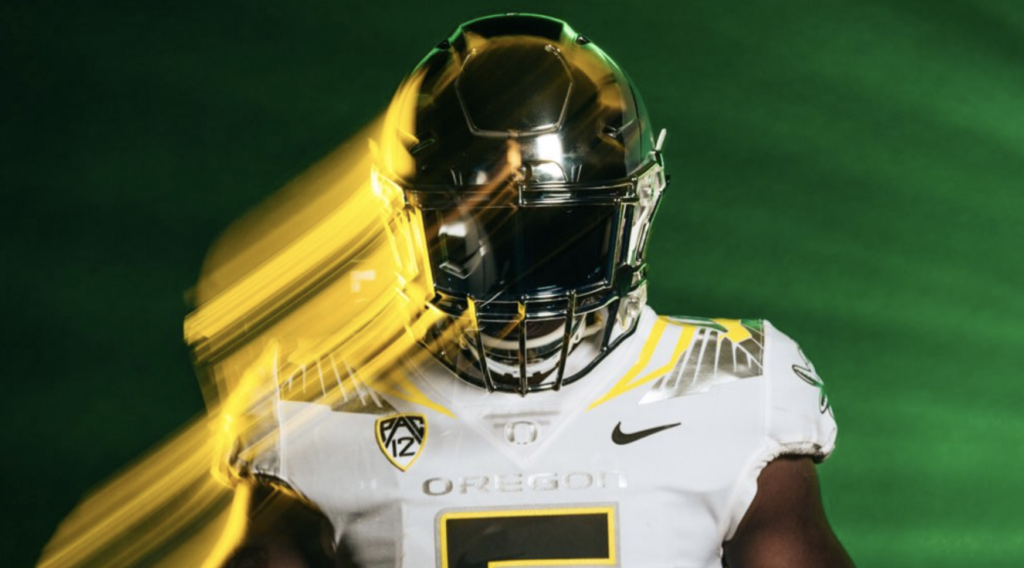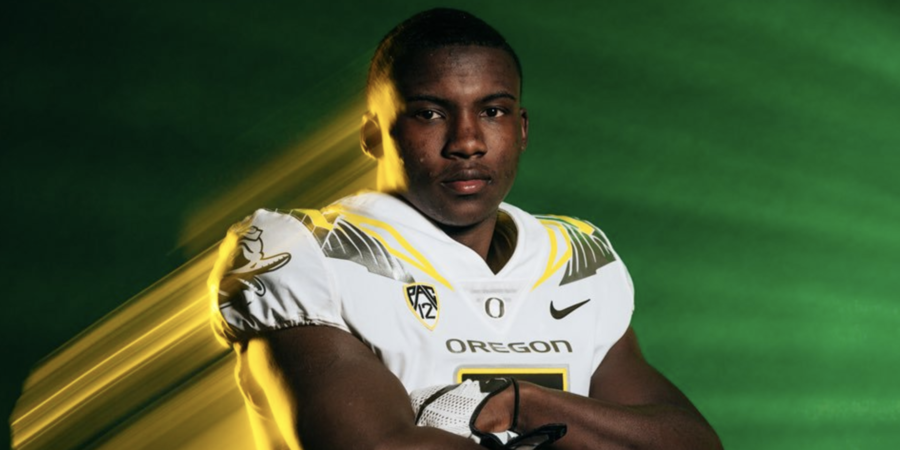It cannot be stated often enough: There are few things on this earth more inexact and deceiving than recruiting rankings.
Yes, there is a correlation between a school’s recruiting ranking at the end of a given cycle and their capacity to ultimately compete for a national championship. However, more often than not, top 10-caliber classes must be stacked one atop the other over a span of consecutive years in order for real progress to be made toward that end.
Recruiting rankings aren’t nothing, but when it comes to completing the complex puzzle required to compete for a national title, they can be perhaps the most misleading and unstable factor in the whole formula.
Rankings often fluctuate wildly over the course of a recruiting cycle. This specifically applies to individual players who could seemingly see their ranking rise and fall on a whim, as unranked high school prospects can elevate to four-star prospects in a matter of months, while a four-star prospect can easily slide to three-star status over the same time frame.
Performances (or non-performances) in spring and summer camps have much to do with the, at times, spastic vacillation in rankings. Exposure on the camp circuit can help, or even hinder a recruit’s ranking almost as much as no exposure at all. This adds warped weight to an already imperfect evaluation and ranking process, particularly given the fact that no real football is actually being played during this time.
One player who has seen his ranking radically shift of late is Santa Ana (Calif.) Mater Dei four-star running back, and current Oregon verbal commit, Sean Dollars.
Once ranked as the 120th best prospect in the country by 247Sports, Dollars recently saw that ranking plummet to 262, as more and more recruiting analysts within the network have begun to question his speed and overall ability to be the focal point of an offense in college. It’s worth noting that Dollars is still considered the nation’s No. 1 all-purpose back by 247Sports’ Composite Rankings, which is an industry-wide generated ranking that is separate (and arguably more reflective of a player’s true ability) from a standard 247Sports ranking. According to 247Sports’ own ranking, Dollars is now ranked as the nation’s fifth-best all-purpose running back.
Seeing as how we have no affiliation to any recruiting network, WFOD took an unbiased look at Dollars’ skill set based on his junior year film, and rendered a final verdict as to whether we believe his slide is justified.

Things that excite us about Sean Dollars:
- He’s got quick feet! If there’s one quality that makes Dollars truly special, it’s that he possesses incredibly quick feet. On film, he routinely makes sharp cuts at full speed, often leaving defenders guessing with his ability to quickly change direction and evade tackles. He’s at his best operating in open space, using his great quickness to pick up yards.
- He’s a weapon out of the backfield! In this day and age, having a running back that is as much of a factor in the passing game as he is in the running game is practically a necessity, and Dollars is exactly that. He’s extremely versatile, possessing natural pass catching skills that will enable him to be an effective weapon regardless of where he’s lined up on the field.
- He’s slippery! From a size perspective, Dollars isn’t forcing anyone to make a business decision when they meet him in the hole to make a tackle, but he’s not exactly the easiest guy to take down either. He’s a slippery ball-carrier who has a tendency to wriggle out of the grasp of would-be tacklers thanks to those active feet.
Things that concern us about Sean Dollars:
- Lacks explosion: Don’t get me wrong, Dollars is a quick-twitch athlete who should have his fair share of moments where he rips off big plays for chunk yardage – but those knocks on his top-end speed are valid. For a player who is largely considered to be the nation’s top all-purpose back, he lacks the kind of elite speed that comparable players such as De’Anthony Thomas, or even Taj Griffin, have. This limits his home-run ability and propensity to change the complexion of a game in an instant.
- Not especially physical: Dollars isn’t the kind of player you rely on to tote the rock 20 to 25 times a game, as he’s simply not big enough to reliably move the chains hitting it up between the tackles. Furthermore, he’s not the type of player to invite contact, often avoiding it altogether by bouncing runs to the perimeter.
- Tendency to dance: This has been more so revealed in film captured from camp settings, but because he’s so quick and agile, he’s prone to over-relying on those skills instead of being a more decisive runner. In a camp setting, there’s no real consequence to dancing your way out of a “tackle” when going one-on-one with a defender, as there’s no cavalry set to arrive to help the defender corral the ball-carrier. In actual games against Pac-12-level competition, however, that ability can be mitigated to the point where it’s actually a drawback.
The final verdict:
Duck fans may not like it, but from our point of view, it’s hard to disagree too much with Dollars’ sliding in 247Sports’ rankings. On the surface, the fact Dollars dropped more than 100 spots would almost suggest that he has been exposed on the camp circuit and perhaps has even taken steps back in his development as a player. A closer look at his film, however, reveals that this new ranking is more likely an appropriate correction to what was probably an inflated initial grade.
This isn’t to say that Dollars isn’t a good player who won’t make an impact at the next level. If utilized correctly, he can be an effective weapon in a vein similar to Byron Marshall or Bralon Addison. While it would be surprising to see Dollars duplicate Marshall’s feat of becoming both a 1,000-yard rusher and 1,000-yard receiver at separate points in his career, there’s no question he has the ability to play a similar multi-faceted role in the Oregon offense. To me, there’s two bigger questions that need to be addressed with regard to Dollars: 1) How does he fare playing against the best competition in the country at Mater Dei this upcoming season? And 2) How is he utilized in an offense guided by Mario Cristobal and (prospectively) Marcus Arroyo?
Dollars feels like the kind of player who would have classically thrived in Oregon offenses previously tailored by Chip Kelly and Mark Helfrich, but it’s difficult to confidently project his impact without knowing what a Cristobal-Arroyo offensive partnership looks like. In the end, there’s plenty to be excited about with Sean Dollars, but if you’re expecting him to be a transcendent talent on the level of a De’Anthony Thomas or a LaMichael James, you may want to adjust your expectations.


You’re correct; the caveat about the Cristobal/Arroyo/Mastro offense is the starting and finishing point for conjectures. At this point the coaches may still have a season or two of feeling out their offensive philosophy while we’d become used to a well-proven scheme under Kelly/Frost/Helfrich. It’ll be interesting to see how much players fit into scheme (Kelly years) vs. scheme fitting players’ skills (Mariota/Adams years) over the next couple of seasons.
Have to believe the coaches have at least an ideal or direction for where they want the offense to be, if not all the details of that philosophy, and have therefore been recruiting players that fit that goal. It has certainly been the case with the OL, so I have to believe they think Sean Dollars fits into that puzzle in some specific way regardless of whether he is the #1, #5, or #278th all-purpose back in the country. My guess is we have a transition period (hopefully short) where we have to blend scheme fitting players’ with new players fitting developing scheme. Either way, only 4 more weeks before we get to see it in any detail.